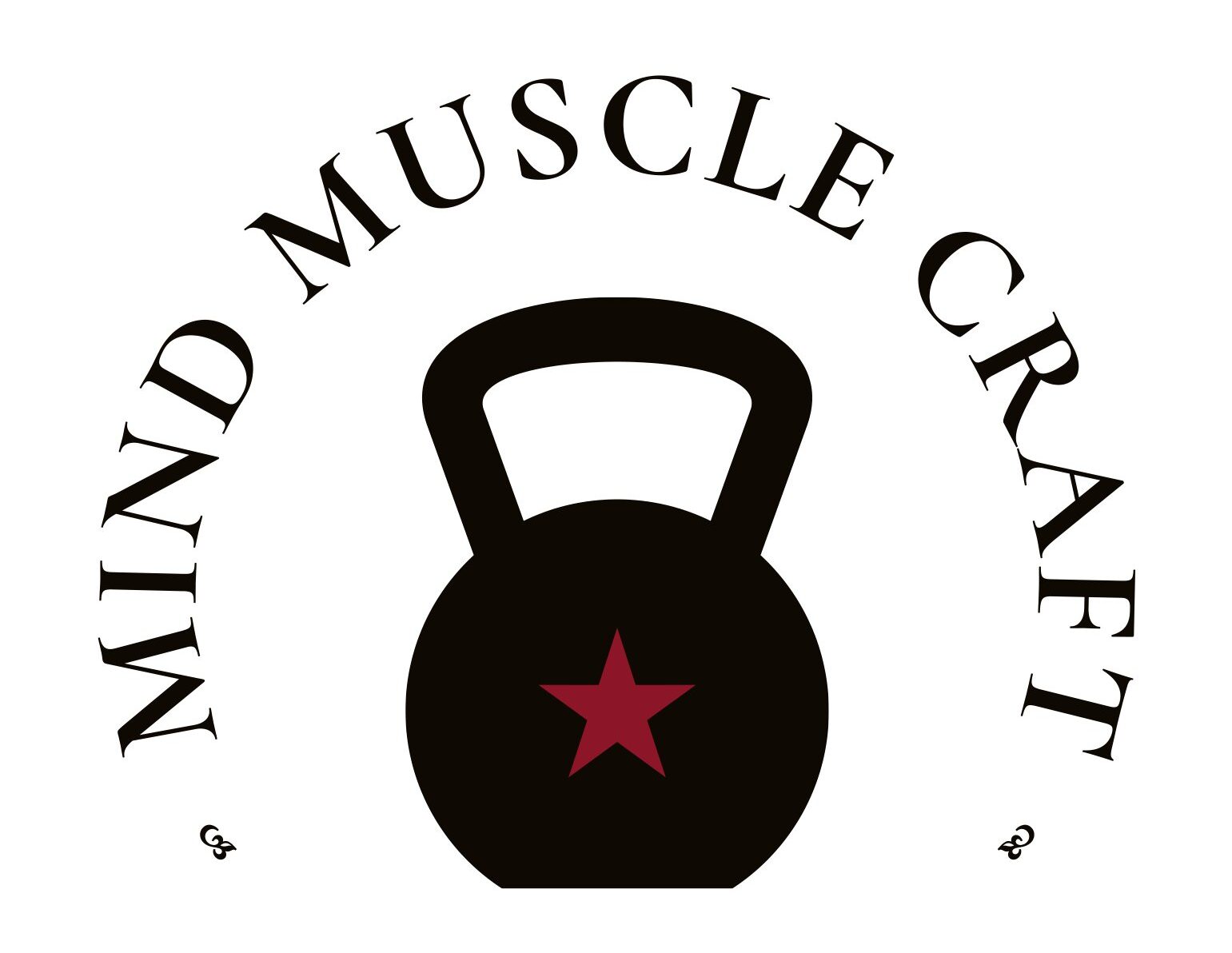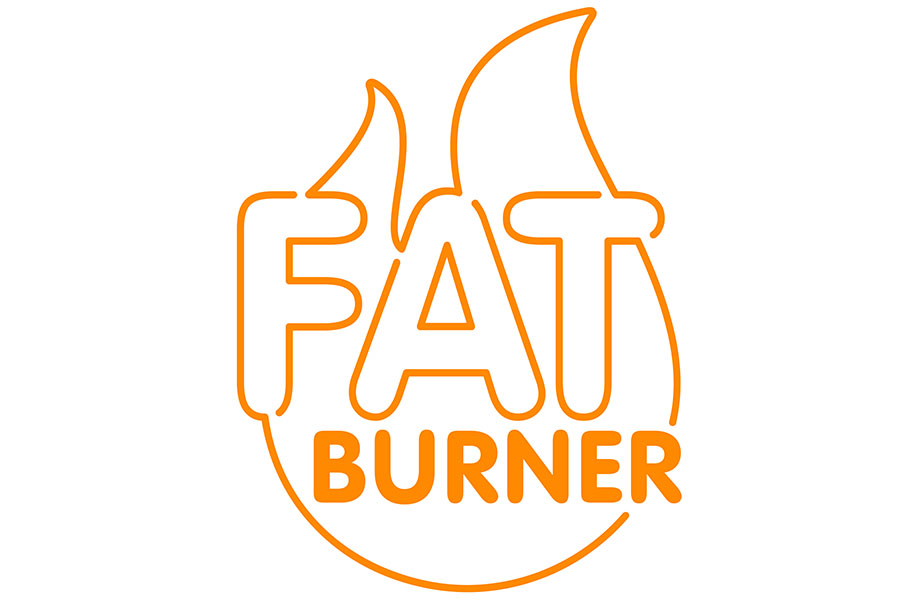If you’ve ever asked yourself “What’s the best way to burn fat — cardio or weights?” you’re not alone. Many people still think they must pick one: long runs or heavy lifting.
But here’s the truth: you don’t need to choose. The idea that one burns more fat than the other is outdated. Both play powerful roles in transforming your body — and when combined strategically, they deliver faster and more sustainable results.
Let’s explore how fat burning really works and how to build your most effective fat-loss plan.
The Truth About Low-Intensity “Aerobic” Exercise
What it is: Steady-paced activities like walking, jogging, cycling, or swimming — anything you can do while still talking comfortably.
The Myth: You only start burning fat after 20–30 minutes.
The Reality: Your body begins burning both carbohydrates and fat from the very first minute of movement. There’s no special “fat-burning switch.”
In fact, according to the American Council on Exercise (ACE), your body always burns a mix of carbs and fat — the ratio just changes depending on intensity.
What actually happens is this: early in your workout, your body mainly uses carbs because they’re quick energy. As you continue past 20 minutes, your glycogen (stored carbs) decreases and your body naturally relies more on fat for fuel.
This means that longer, lower-intensity workouts are fantastic for building endurance and creating a steady calorie deficit without overloading your system.
Example: A 45-minute brisk walk can burn hundreds of calories, improve cardiovascular health, reduce stress, and aid recovery between harder workouts.
The Power of High-Intensity “Anaerobic” Exercise
What it is: Short bursts of maximum effort followed by rest — think sprints, circuit training, or lifting heavy weights.
The Myth: It doesn’t burn fat during the workout.
The Reality: During high-intensity training, your body mainly burns carbohydrates for quick energy. But the real benefit comes after your workout through the EPOC effect — Excess Post-Exercise Oxygen Consumption — also known as the afterburn effect.
Your metabolism stays elevated for hours, sometimes even up to 48 hours, as your body repairs muscles, restores oxygen, and balances hormones. This extended calorie burn includes a large portion from fat.
A study published in the Journal of Obesity (source) confirmed that high-intensity interval training (HIIT) improves fat oxidation and boosts metabolism more efficiently than steady-state cardio in less time.
Example: A 20-minute HIIT session (30 seconds sprint, 1-minute walk) keeps your metabolism revved up long after your workout — even while you’re relaxing.
What Happens During Heavy Weight Training
When you lift heavy weights, your muscles rely mainly on carbohydrates (stored as muscle glycogen) for energy.
That’s because lifting heavy is anaerobic — it requires fast, powerful energy production without oxygen. Fat can’t be used efficiently in this kind of rapid, high-intensity effort because fat oxidation is a slow process that needs oxygen.
So during a set, the energy primarily comes from:
-
ATP-PC system (first 10 seconds) – for explosive lifts, using stored ATP and phosphocreatine.
-
Anaerobic glycolysis (next 10–60 seconds) – breaking down glycogen (carbs) for quick energy.
What Happens Between Sets (During Rest)
When you rack the bar and rest for 1–3 minutes, your body shifts gears.
Now oxygen is available again, and the energy demand drops sharply.
During this rest period:
-
Your body replenishes ATP and phosphocreatine stores.
-
It starts clearing out lactic acid and hydrogen ions.
-
To power these recovery processes, the body begins using more fat as an energy source.
So — during rest periods, your body uses more fat (aerobic metabolism) to produce ATP and help you recover for the next set.
The Smartest Strategy for Fat Loss: Combine Both
So, should you focus on steady cardio or high-intensity workouts? The answer is simple: use both.
High-intensity sessions create a strong afterburn and help build lean muscle, which increases your resting metabolism. Low-intensity cardio supports recovery, reduces stress hormones, and burns additional calories without exhausting your nervous system.
Doing only HIIT can lead to burnout, while relying solely on steady-state cardio can be time-consuming and limit muscle development. The hybrid approach gives you balance, consistency, and faster progress.
Sample Weekly Fat-Burning Workout Plan
Monday: HIIT Workout – 20 minutes of bodyweight circuits (squats, burpees, push-ups, mountain climbers).
Tuesday: Low-Intensity Cardio – 40-minute brisk walk or easy bike ride.
Wednesday: Strength Training – 40 minutes focusing on compound lifts (squats, deadlifts, rows, presses).
Thursday: Active Recovery – Mobility work, stretching, or light yoga.
Friday: Sprint Intervals – 15 minutes of short sprints with rest periods.
Saturday: Long Low-Intensity Session – 60-minute hike, swim, or steady jog.
Sunday: Rest or gentle stretching.
This structure keeps your metabolism high, prevents plateaus, and makes fat loss sustainable long term.
Don’t Forget: Nutrition Is the Foundation
Even the best training plan won’t work if your diet is off. To burn fat effectively:
-
Eat nutrient-dense foods: lean protein, vegetables, fruits, whole grains, and healthy fats.
-
Maintain a small calorie deficit — enough to lose fat but still support energy and recovery.
-
Avoid excessive sugar, alcohol, and processed foods.
-
Stay hydrated and get quality sleep — your hormones depend on it.
The Harvard School of Public Health emphasizes that sustainable fat loss requires balanced nutrition, consistent physical activity, and proper rest — not extreme dieting or shortcuts.
Remember: fat loss happens in the kitchen, performance happens in the gym.
.How High-Intensity Training Can Make You Lose Muscle, Not FatUnlock Fat Loss & Supercharge Metabolism with This One-Week Fasting Plan

